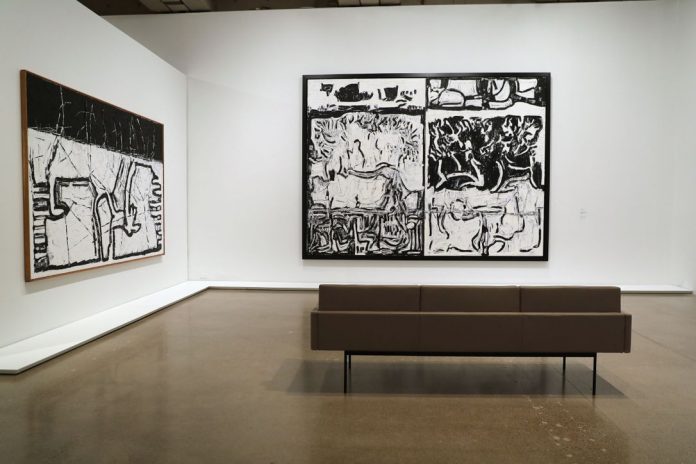This favorite day of marketers in the USA appeared in 1966. The Americans thought that between Thanksgiving and the rest of the Christmas holidays some zest was missing. Thus, on the East Coast of America was born Black Friday, a day of 50-80% discounts. It is a day on which many people take a day off to make fun. The day when the stores open at five in the morning, and the queues are lined up at night.

Black Friday: History of Auctions from Brides to Diamonds
Brides were the most popular lot in Babylon, and today literally everything from elite art to soap bubbles leaves the hammer. We are looking at how the history of auctions has evolved over the course of more than 22 centuries.
It was recently, it was a long time ago…
The history of auctions began a long time ago. The first references to this form of transactions dating back to as far as 500 BC. It is assumed that the first goods at such meetings were … young girls! Yes, in Babylon it was customary to choose a wife, not for love. This is not the only thing that distinguished the auctions of that time from the modern ones. The auctions were held at lower prices. This means that the girl could be taken as a wife by the one who was the first to agree with the amount named by the seller. Today, this system of selling is called Dutch.
In the Roman Empire, the auctions were also in demand but had nothing to do with the slave trade. They usually sold treasures obtained during battles and family property. For example, Emperor Marcus Aurelius himself exhibited furniture to pay off debts.
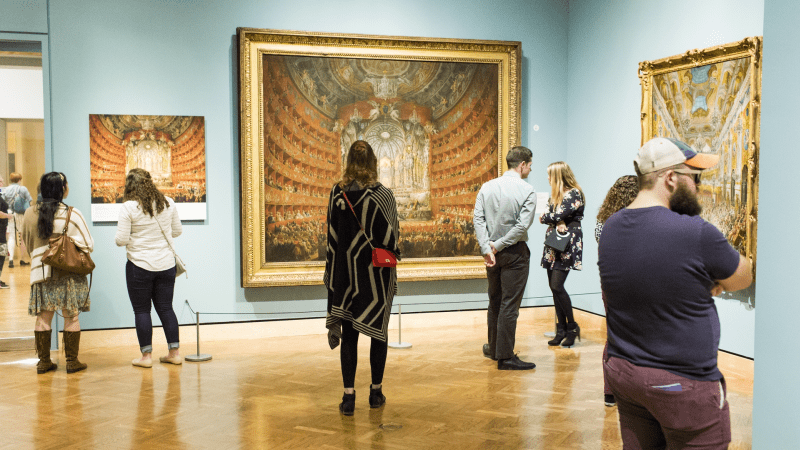
An interesting fact: when someone bought war trophies, the Roman auctioneers stuck a spear in the ground. This tradition has survived to this day, although it has been slightly modified – at the end of the auction sounds like a blow of a wooden hammer.
After the fall of the Roman Empire, the auctions were forgotten for a long time. Only in XVI century, the Dutch adopted the tradition of selling unnecessary things. By the way, this is where the name of the unusual system of auctions came from – Dutch.
The development of international trade, the Great geographical discoveries, the improvement of the global credit and banking systems led to the spread of trade throughout Europe. They began to be held in England, France, and Germany, and in the first half of the XVIII century earned the famous auction houses: Sotheby’s and Christie’s.
And here we have come to one of the most interesting stages of auction development. To tell the truth, you could have witnessed it yourself – the public auction went online. Let’s go back 20 years.
In the late 1990s, the artprice and artnet databases were created. As can be seen from the name, they were placed on the Internet and analyzed the art market on the basis of open data. Gradually, real marketplaces began to open, such as Artsy and Invaluable. To maintain the leading position, large auction houses also had to develop in this direction.
In 1999, Sotheby’s launched sothebys.com, and in 2004 the website started broadcasting auctions at home from the BIDNow platform. The main task of the auction house specialists was to attract a new, younger audience. Young conquerors of Silicon Valley were ready to pay a price, if only to tell them about fashionable Kuns and Hirst.
When the Internet became more accessible, other auction services appeared, where people could exhibit literally everything: paintings, books and even spare parts for tractors.
Aiming at a young audience, Simon de Pury created the auction house Phillips. At the auction were exhibited samples of contemporary art and photographs. Attention to sales was attracted by bright parties and unusual “presenters”.
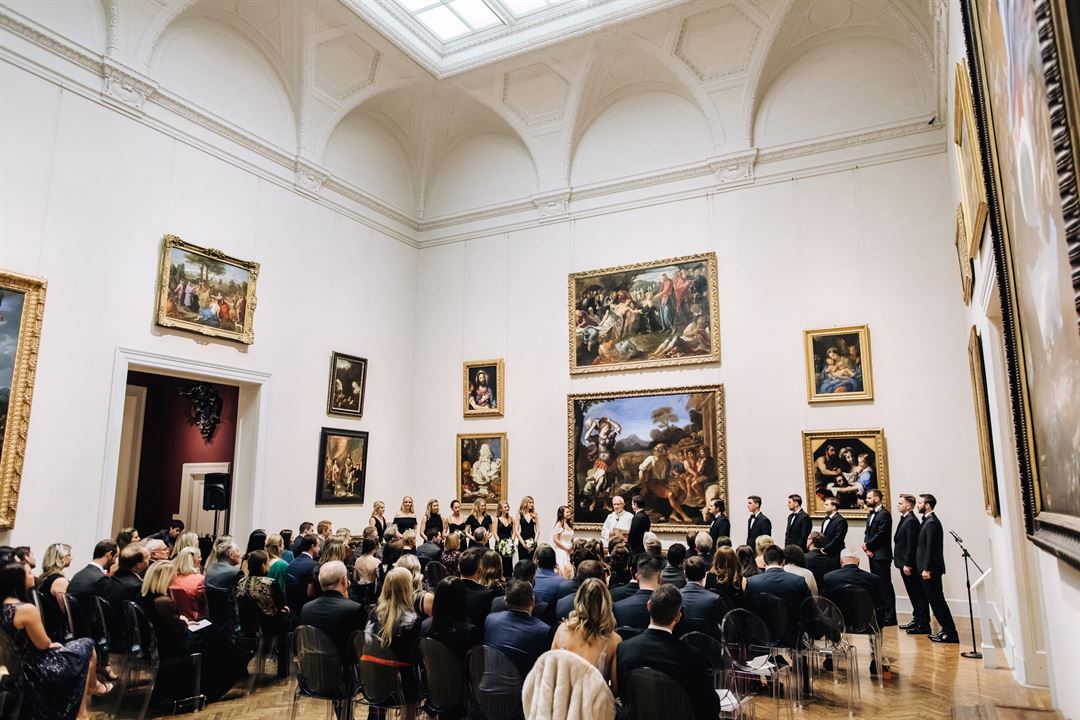
Should painting, sculpture, and photography be seen as ways to save and multiply money? Yes, if you know the backstage of the art market.
An urgent question to financial advisers: “What to invest in 2020?”. Of course, someone will buy an apartment or maybe shares. But the more affluent a person is, the more diverse his possibilities are. And one of them is buying art objects. But are such investments justified and should we expect that they will pay off?
The creative economy has been hard hit by the pandemic
Creative industries nationwide have lost an estimated 2.7 million jobs and $150 billion in sales this year, according to an August study by the Brookings Institution.
“The creative economy is one of the sectors most at risk from the COVID-19 crisis,” the report reads. “Arts, culture, and creativity are one of three key sectors … that drive regional economy. Any lasting damage to the creative sector will drastically undercut our culture, well-being, and quality of life.”
The pandemic has put the fine and performing arts industries at a “crisis level,” said Michael Seman, an assistant professor of arts management at Colorado State University and one of the authors of the Brookings report.
But, Seman said, it’s not a total loss. The pandemic has shifted both artists’ and art consumers’ perspectives on the art business.
“We all know that the COVID-19 crisis has just devastated the arts,” he said. “But what we are now learning is there are more channels to help fund the arts, and now we can embrace those.”
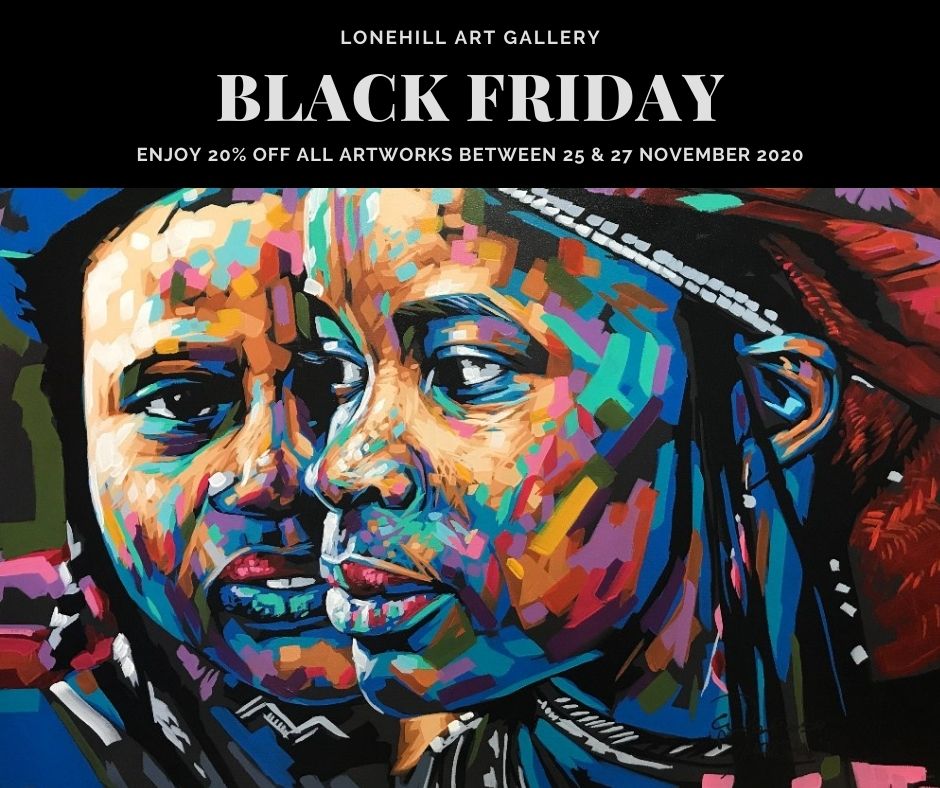
He added, “I would have never thought of going to the internet to buy a piece from a gallery. But now that’s definitely an option.”
One Washington town is hosting an art walk
One town in Washington state is combining an already vibrant arts community with the Artists Sunday campaign to help bolster the local economy. In Issaquah, economic development leaders are making use of some shuttered storefronts and restaurants to showcase artists.
Corby Casler, the executive director and program manager of the Downtown Issaquah Association, said local artists will display their work on Artists Sunday, and that the city will provide a walking map so people know where to shop while still being safe.
In July, the Washington State Arts Commission designated Issaquah as a certified Creative District, so partnering with Artists Sunday “was a natural for us,” Casler said.
“That designation not only helps us with grants, but it’s also an acknowledgment that we can use art as an economic development tool,” she said. “So that’s exactly what we’re doing for Artists Sunday.”
A creative economy recovery strategy
While Artists Sunday could give a short term boost to artists, Seman said the United States will need a more substantial creative economy recovery strategy.
He called for a cabinet-level position in the White House for arts, culture and the creative economy to examine how the government can better integrate arts and culture within all aspects of American society like healthcare and housing and urban development. Seman also called for better economic support for artists.

“Artists are pretty much the poster children of the gig economy, so let’s make them eligible for unemployment insurance,” he said. “We’re so far behind other countries in that situation, and yet we produce many of the leading creative minds in the world,” he said. “If we just gave more support, it would be unbelievable what we could do.”
For Brock, Artists Sunday means more visibility for her work. She said she looks forward to the opportunity to sell to a wider audience.
“I’m really hoping I get to use some of the cardboard boxes that I bought to ship things out in,” she said
Forecasts of art market profitability
Researchers Mei Jianping and Michael Moses have developed an index, through which you can predict the development of prices in the art market. The index has enough drawbacks, but it gives an idea of what works and when to increase in price.
Experts have analyzed the data of auction houses and found that when the economic downturn occurs, investors withdraw funds from the stock exchanges and invest them in works of art. Suddenly a love for the beautiful wakes up in them? Rather, they are driven by the calculation, because different segments of the market develop non-synchronously, and when share prices fall, the value of works of art increases. Thus, during prolonged military conflicts, art indices rise faster than stock indices.
But not everything is worth buying, but only paintings and sculptures of museum level. In this case, the deal is guaranteed to be profitable. If we divide the art market into three parts, based on the cost of selling paintings, then the most expensive works cost more slowly than those in the middle and especially lower price category. This means that high profitability will be ensured not by works of the Rembrandt or Renoir level – they cost more slowly than other works of art, but the works of beginners, but already recognized by contemporary artists. Their paintings and sculptures are the cheapest, which, however, does not mean that they are available to the mass buyer, and cost the fastest.
For example, recognized Russian masters Ivan Aivazovsky, Chaim Sutin, Mark Chagall are included in the rating by profitability. And this is confirmed by the story of a small painting by Aivazovsky “Sunset in the Crimea”, 1878. In 2016 it was bought for $ 54 800, and only a year and a half later sold at Sotheby’s for $ 200 970. Contemporary artists Oleg Doe, Yegor Koshelev, Ivan Plyushch, Anatoly Zverev are included in the rating by growth rate. Their works were recently available for $1000, but already now they will cost 5-7 times more expensive.
Investments in the art market should be long-term, while spending on the purchase should not be the entire capital, but only a part. With such initial data, it seems that the purchase of art is an idea for the chosen ones. But in practice, it is a little easier.
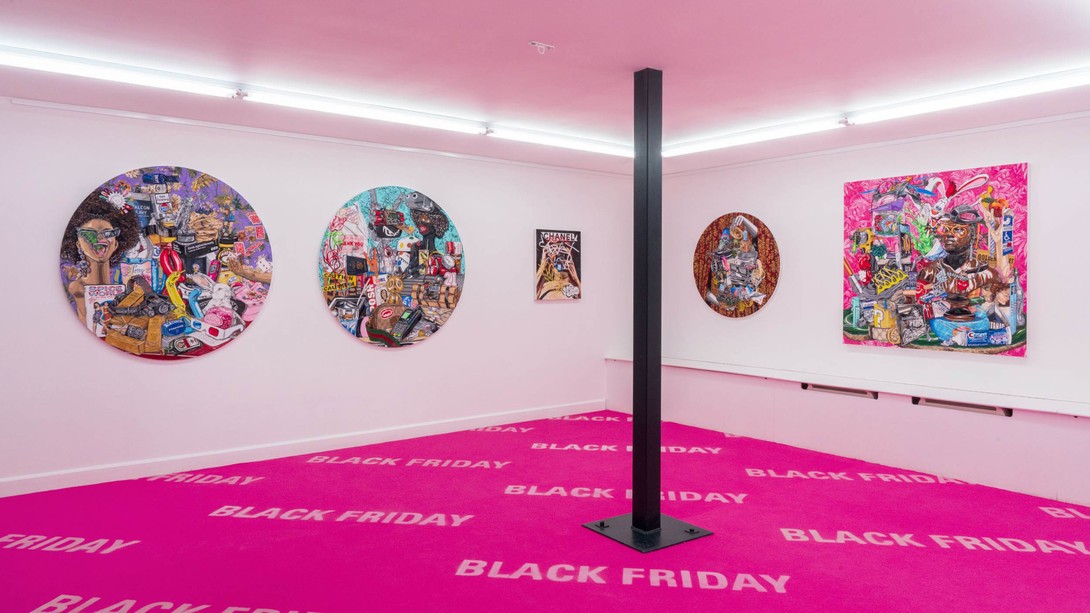
Start of the collection
A person without an art education and without a developed sense of taste is unlikely to get rich by buying art objects. For this purpose, it is worth turning to an art dealer, who will help to purposefully form the collection and choose beneficial offers. But all over the world art is not bought to save money.
Much more often paintings, sculptures and photographs are taken in order to please the owner for many years. There are investments in health, in education, in the future. And works of art are investments in the mood, in the formation of aesthetic taste, in the creation of family traditions, in raising their social status. After all, owning an art collection has always been a sign of elitism.
It does not take much time to understand modern art. It is enough to walk around museums, attend lectures, get acquainted with gallery owners and artists. In addition, modern artists are very different from each other in style, they work in a bright individual manner, so after a short acquaintance with their works quickly comes the effect of recognition. Two or three paintings or sculptures are enough to see the hand of the master next time and determine who created the work.
When you have ideas about trends in contemporary art, you can start to choose paintings for yourself. To make the task easier, you should ask yourself questions: “What work would I agree to steal?” or “Which work do I most often think of?
You should not take an expensive painting or photo at once. If you make a mistake, such expenses will not hit your wallet painfully. You can buy in online galleries. But sometimes the paintings there are emotionally ambiguous: these objects are not designed for everyday contemplation in the interior of your home or office. So look for options that will be emotionally pleasing and will not cause irritation over time. For this reason, experienced collectors with a good reputation sometimes use the fact that they take a painting for a few months to see if they can get along with it.
When there is more experience, it makes sense to raise the bar and take the work more expensive. But it should be remembered that 80% of works with an average price category of up to $10,000 in the area will never be resold at the same price. At least, there are exceptions. For example, Helene Funke’s work “Still Life with Pears and Grapes on a Blue Tablecloth” was purchased in 1995 at Christie’s for $680, and in 2017 sold for $38,150 at Dorotheum. Here, it is important to be able to wait. Often, the drop in the price of an art object is due to the fact that the picture did not “hang”, and efforts to promote the artist were minimal.
Buying works that will retain their value
If your income allows you to cross the bar of $10,000, even in this case, you can not immediately buy a fashionable artist. There are several reasons for this. First, the collector also needs to earn a name to be considered worthy of this or that masterpiece in the art community. Secondly, gallery owners create a waiting list – sometimes, in line for the work of a certain artist has to stand for quite a long time. This increases the value of the painting in the eyes of the buyer, the image of the gallery, and the importance of the artist on the art market.
Another purpose of such a complex scheme of selling paintings is to prevent speculation on art. Gallery owners try to make sure that a person buys the painting for himself, and not for resale at the auction. If the client still goes on a deal with the auction houses, he may get into the blacklists of gallery owners.
In such a situation, the work of fashionable artists can afford only people who are rich and fit into the art-tasking. Another consequence of this practice is the artificial overpricing of some works because the value of the work is not subject to market laws and in most cases depends on the opinion of one person – the owner of the gallery.
Under such conditions, it is better not to chase after those artists whose names are in the public eye, but to shift attention to those who have just entered the market but are considered a promising gift. To calculate it, it is necessary:
- rotate in professional circles and listen to the opinion of experienced collectors.
- visit the major fairs of Art Basel level. They develop an eye for detail, and the works of art collected there can be used to judge what is in demand.
- follow the young artists who are engaged in promotion in social networks. They gain a name, and it will soon begin to bring them money.
- give preference to those artists who work in New York and London – they are in the center of artistic life, so they follow the current trends.
- buy those whose works are growing in price. To do this, you can study the resale ratings. From them, you can find that, for example, the work of Mikhail Nesterov “St. George the Victorious” from 2017 to 2019 rose in price from $2,346 to $77,160.






